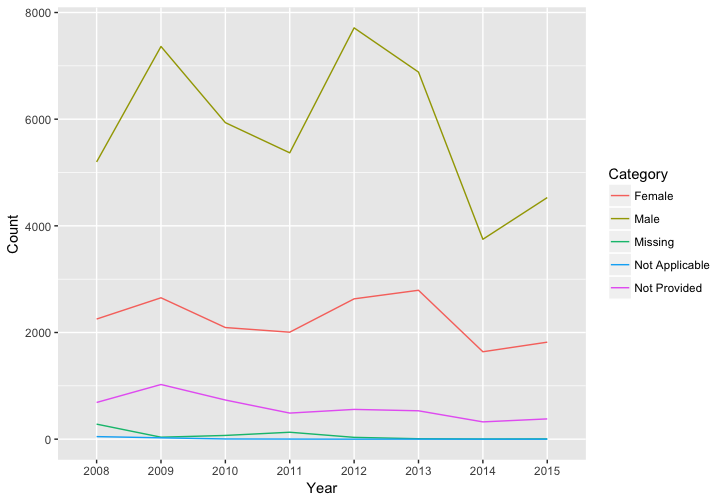Congratulations!
Scalable Data Processing in R

Michael J. Kane and Simon Urbanek
Instructors, DataCamp
Split-Apply-Combine
- Break the data into parts
- Compute on the parts
- Combine the results
Split-Apply-Combine: Advantages
- Manageable parts don't overwhelm your computer
- Approach is easy to parallelize
- Process sequentially
- Process on serveral machines in a cluster
Split-Apply-Combine: R
split()partitions set of row numbers ordata.frameMap()computes on partsReduce()combines results
bigmemory
bigmemory
- Good for larger data sets that can be represented as dense matrices and might be too big for RAM
- Looks like a regular R matrix
iotools
iotools
- Good for much larger data that can be processed in sequential chunks
- Supports
data.frameandmatrix

Good luck!
Scalable Data Processing in R

